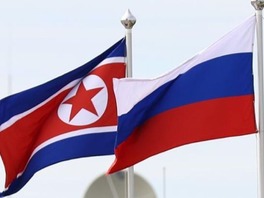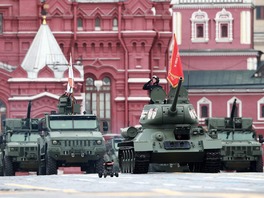NATO scrambled fighter jets from bases in Estonia, Lithuania, and Poland to track and intercept Russian fighters, bombers, and surveillance aircraft over the Baltic Sea on April 20, Allies Air Command reports.
“NATO radars tracked unidentified aircraft over the Baltic Sea on Tuesday morning. In response, NATO’s Combined Air Operations Centre (CAOC) at Uedem, Germany, launched allied fighter aircraft in the Baltic region to intercept and identify the approaching aircraft. Some of the aircraft tracks were not identifiable by transponder signal and no flight plan had been filed. This may pose a flight safety hazard because civilian Air Traffic Control may not be able to track them and de-conflict with civilian air traffic," as was reported by the statement of the Allied Air Command.
Two Russian Tu-160 Blackjack bombers, escorted by Su-27 and Su-35 fighter aircraft were flying over the Baltic Sea from mainland Russia, where they operated with a Russian A-50 Mainstay airborne warning and control plane that was also escorted by fighters. The bombers stayed in international airspace above the Baltic Sea and returned to the mainland Russia after roughly three hours.



In response, the CAOC launched German and Italian fighter aircraft from NATO’s Baltic Air Policing mission in Estonia and Lithuania, respectively, and Polish Air Force F-16s fighters from Poznan Air Base. The Royal Danish Air Force national air operations center deployed their F-16s from Skrydstrup Air Base to meet the Russian aircraft.
“Our teams deployed in support of Baltic Air Policing stand ready to intercept any perceived threat to Allied airspace,” Brigadier General Andrew Hansen, Deputy Chief of Staff Operation, said. “The Alliance routinely practices intercepts for this exact reason and has built the necessary muscle memory to accomplish this at a moment’s notice. The event demonstrates NATO’s vigilance and responsiveness to air incidents and the collective effort of our Allies to keep the airspace safe for all its users,” General Hansen added.






